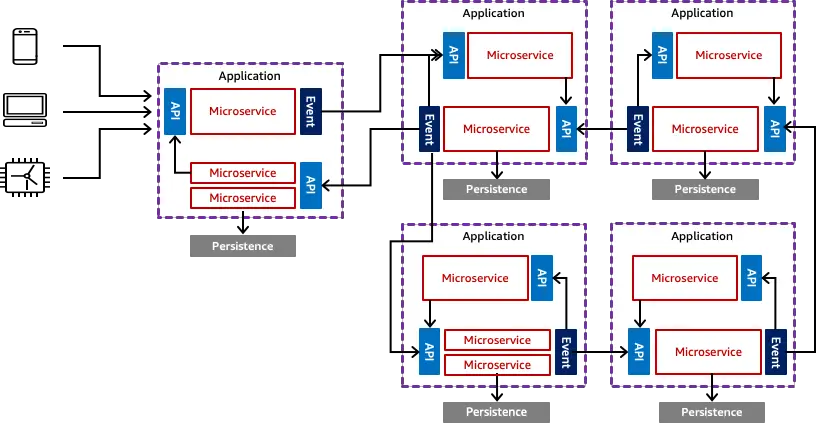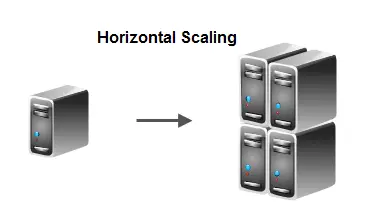Scalable Architecture Design for Growing Applications

As applications grow in popularity and usage, it becomes critical to ensure they can handle the increasing load without compromising performance, availability, and maintainability. Scalable architecture design is an essential aspect of this, providing a framework for building applications that can gracefully adapt to changing demands.

Microservices Architecture:

A microservices architecture decomposes an application into independent, self-contained modules that communicate through defined interfaces. This approach allows for scalability by enabling the deployment and management of individual modules as needed.
Containerization:
Containerization involves packaging applications and their dependencies into isolated containers, eliminating the need for complex manual configuration. Containers enable easy deployment, scalability, and portability across different environments.
Load Balancing:
Load balancing distributes traffic across multiple servers or instances, ensuring that the application can handle increased requests. It reduces the load on individual components and improves overall performance.
Caching:
Caching stores frequently accessed data in a fast-to-access location, reducing the need for expensive database lookups. It can significantly improve performance by providing quick access to cached data.
Data Replication:
Data replication creates multiple copies of data across different servers or data centers. It provides high availability and redundancy, reducing the impact of failures on application availability.
Asynchronous Communication:
Asynchronous communication decouples the processing of tasks, allowing the application to handle multiple requests concurrently. It improves scalability by eliminating bottlenecks and ensuring the application is responsive even under heavy load.
Scalable Database Design:
Choosing the right database is crucial for scalability. Scalable databases, such as NoSQL and distributed databases, provide capabilities like sharding and replication to handle large volumes of data.
Monitoring and Metrics:
Monitoring tools and metrics provide insights into the health and performance of the application. They help identify performance bottlenecks and predict future growth needs.
Graceful Degradation:
Graceful degradation ensures that the application provides reduced functionality or limited performance in the event of failure, rather than becoming unavailable. It allows the application to continue operating even in degraded conditions.
By incorporating these principles, developers can design applications with a scalable architecture, ensuring they can grow and adapt to increasing demands without sacrificing performance, availability, or maintainability. A well-architected application provides a solid foundation for ongoing success.


This article is really helpful for designing scalable architectures for growing applications. I found the section on microservices particularly insightful.
I’m not sure I agree with the author’s approach to scalability. I think there are better ways to design scalable systems.
This article provides a good overview of the different factors to consider when designing scalable architectures. I would have liked to see more detail on the specific technologies and tools that can be used to implement these architectures.
The author makes some valid points about the importance of scalability, but I think he oversimplifies the issue. There are a lot of factors to consider when designing scalable architectures, and there is no one-size-fits-all solution.
I’m not sure what the author is trying to say in this article. The writing is very confusing and the concepts are not well explained.
This article is a joke. The author clearly doesn’t know what he’s talking about.
I’m not sure why this article is getting so much attention. It’s just a rehash of old ideas.
This article is a must-read for anyone who is interested in designing scalable architectures for growing applications.
I’m not convinced that the author’s approach to scalability is the best one. I think there are better ways to design scalable systems.
This article provides a good overview of the different factors to consider when designing scalable architectures. I would have liked to see more detail on the specific technologies and tools that can be used to implement these architectures.
The author makes some valid points about the importance of scalability, but I think he oversimplifies the issue. There are a lot of factors to consider when designing scalable architectures, and there is no one-size-fits-all solution.
I’m not sure what the author is trying to say in this article. The writing is very confusing and the concepts are not well explained.
This article is a joke. The author clearly doesn’t know what he’s talking about.